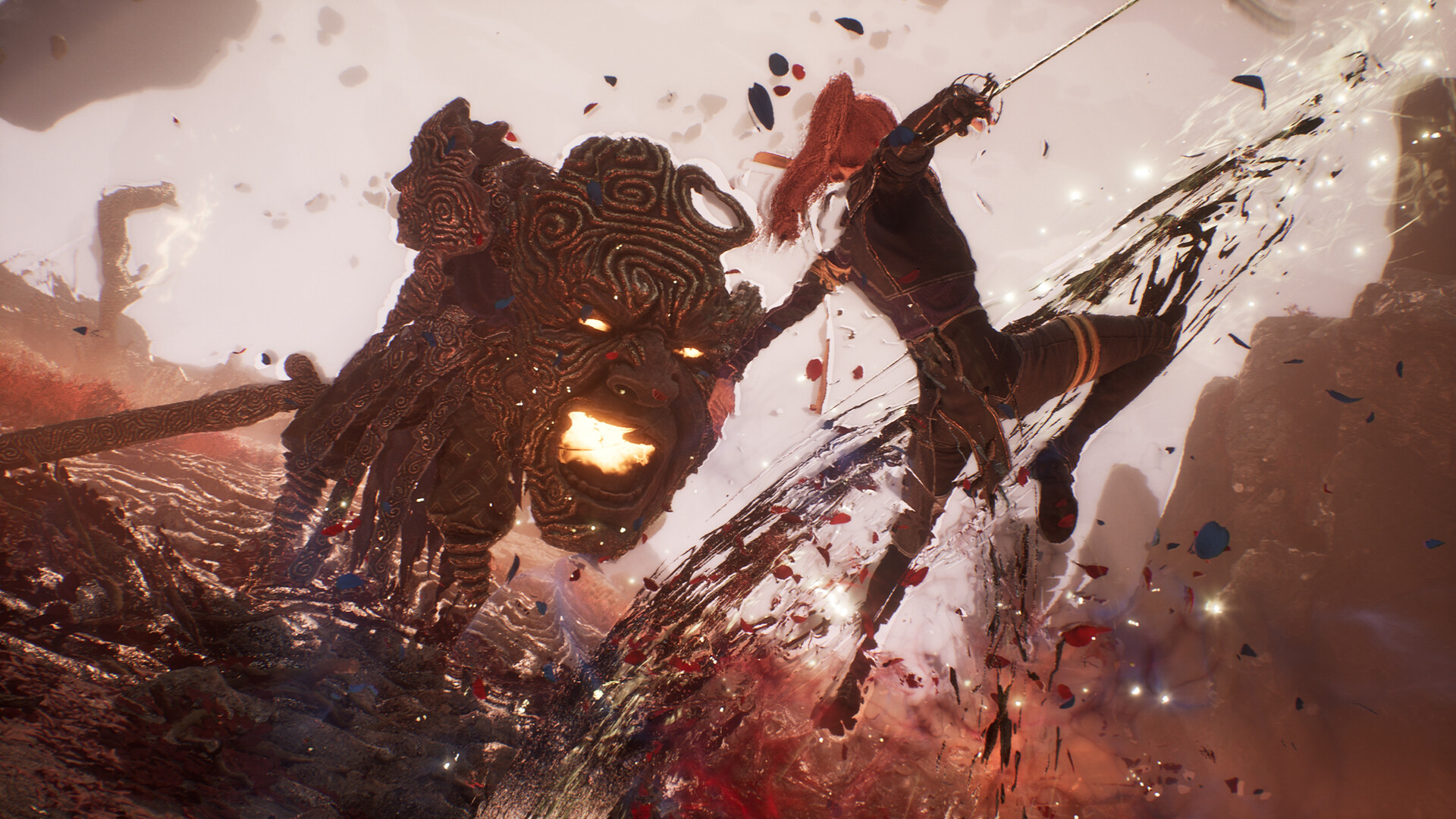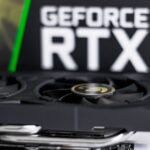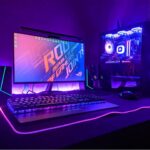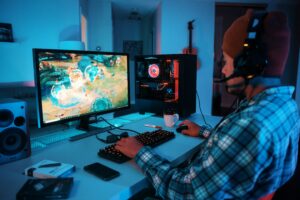Now Reading: Ultimate 2025 Guide to Choosing the Best Gaming Monitor: Specs, Features & Top Picks
-
01
Ultimate 2025 Guide to Choosing the Best Gaming Monitor: Specs, Features & Top Picks
Ultimate 2025 Guide to Choosing the Best Gaming Monitor: Specs, Features & Top Picks
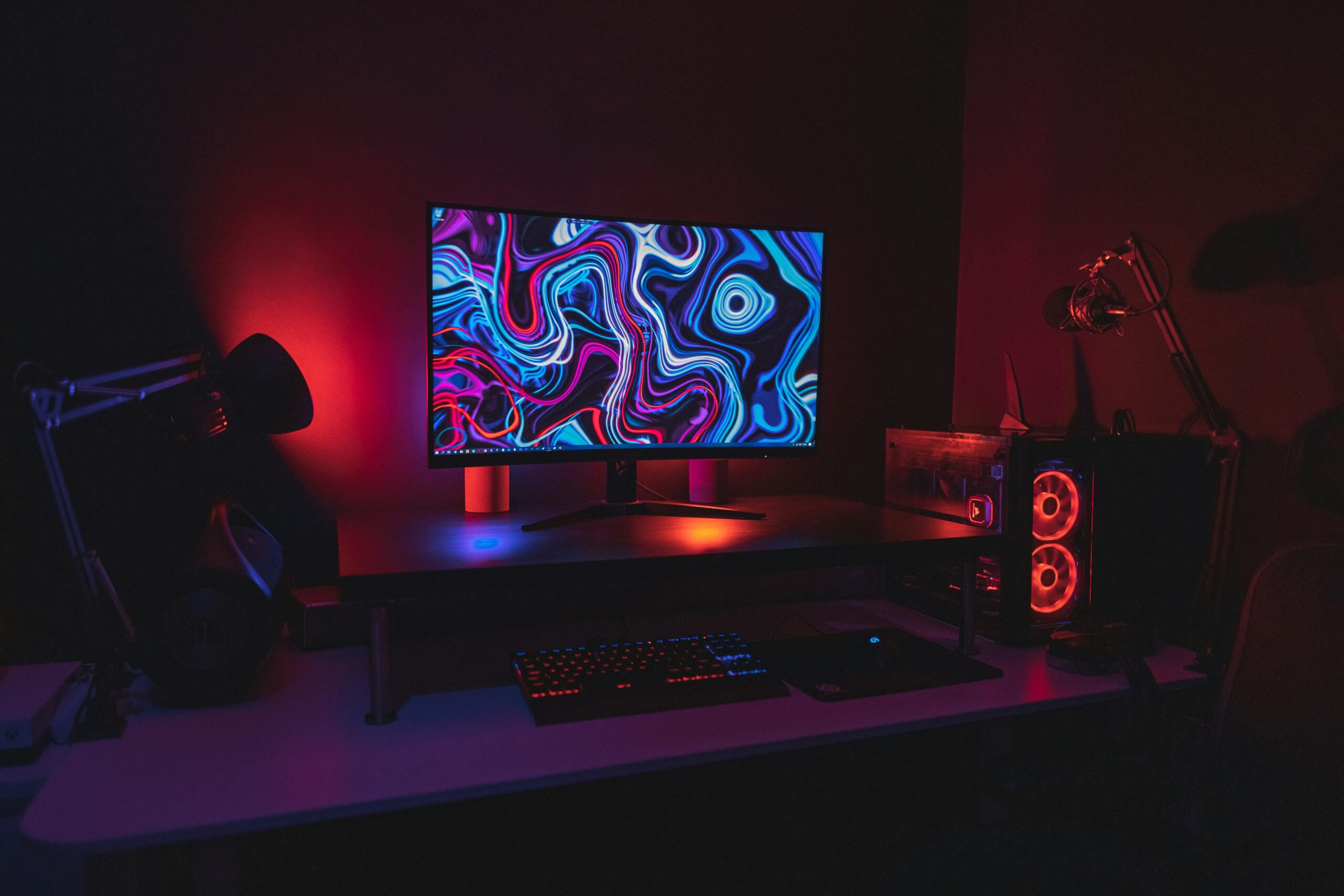
Choosing the right gaming monitor can be overwhelming — especially if you’re new to PC gaming or upgrading from an older display. With so many specs, sizes, and features to consider, how do you know which one will give you the best experience?
In this guide, we break down everything you need to know about choosing a gaming monitor in 2025 , including key specs, panel types, refresh rates, and more. Whether you’re building a budget rig or a high-end setup, this guide will help you make an informed decision.
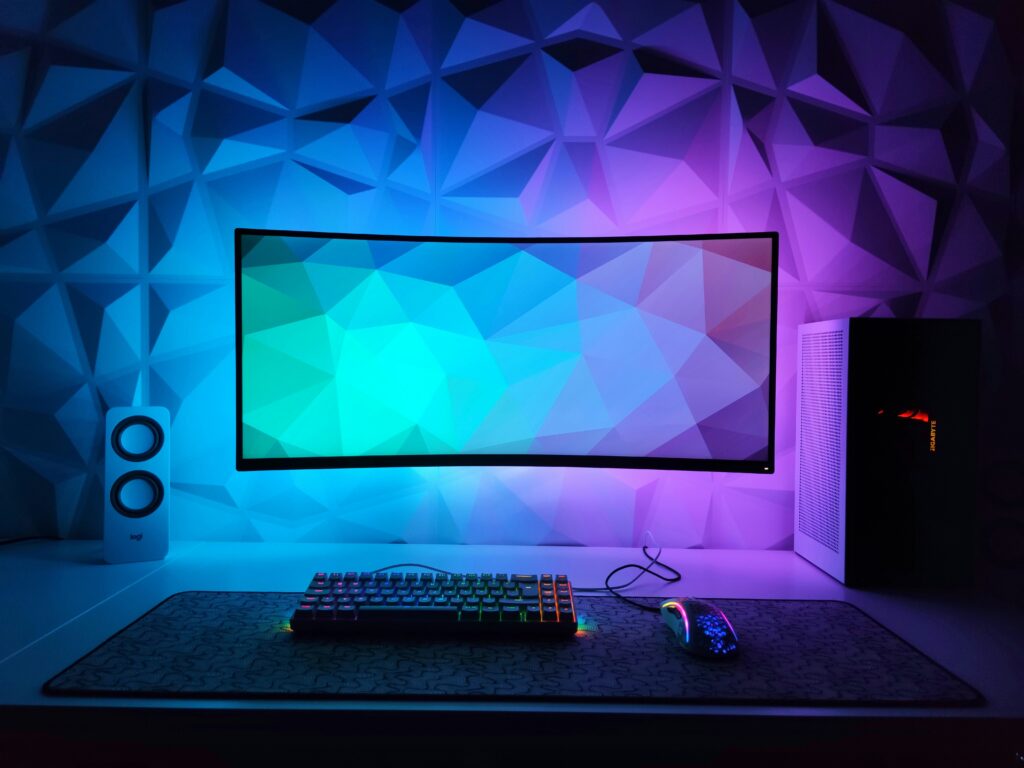
📋 Key Considerations When Buying a Gaming Monitor
Before jumping into our recommendations, let’s go over the most important factors that affect your gaming experience.
| Feature | Why It Matters |
|---|---|
| Resolution (1080p, 1440p, 4K) | Higher = sharper image but requires a stronger GPU |
| Refresh Rate (60Hz, 144Hz, 240Hz) | Higher = smoother motion; ideal for competitive play |
| Response Time (1ms vs 5ms) | Lower = less ghosting and blur |
| Panel Type (IPS, TN, VA) | IPS = better colors, TN = faster response, VA = deep contrast |
| Adaptive Sync (FreeSync vs G-Sync) | Reduces screen tearing and stuttering |
| HDR Support | Enhances brightness and color depth (not always effective) |
| Input Lag | Lower = better responsiveness, especially in fast-paced games |
| Size & Curvature | Larger = immersive, curved = wider field of view |
| Connectivity (HDMI, DisplayPort, USB-C) | Make sure it supports your GPU or console ports |
🧠 Choosing the Right Resolution for Your Setup
✅ 1080p (Full HD)
- Best for: Budget builds, 144Hz+ performance
- Pros: Affordable, easy on GPUs
- Cons: Less sharp on large screens
✅ 1440p (QHD)
- Best for: Mid-to-high-end rigs, balanced visuals and performance
- Pros: Crisp image without needing top-tier hardware
- Cons: Requires at least a mid-range GPU like RTX 3060 or RX 6700 XT
✅ 4K (UHD)
- Best for: High-end systems, cinematic experiences
- Pros: Ultra-sharp image, great for productivity too
- Cons: Demands powerful hardware (RTX 4070 or better)
⚙️ Understanding Refresh Rate and Response Time
🔁 Refresh Rate
Measured in Hz, this tells you how many times per second the screen updates:
- 60Hz – Standard, good for casual use
- 144Hz – Great for smooth gameplay
- 240Hz+ – Ideal for competitive FPS players
⏱️ Response Time
Measured in milliseconds (ms), this refers to how quickly a pixel changes color:
- 1ms – Best for fast-paced games
- 5ms – Acceptable for slower-paced genres like RPGs or strategy
🖼️ Panel Types: IPS vs TN vs VA
| Panel Type | Pros | Cons | Best For |
|---|---|---|---|
| IPS | Vibrant colors, wide viewing angles | Can suffer from “IPS glow,” slower response times | Color accuracy, media consumption |
| TN | Fastest response times, low input lag | Poor color reproduction, narrow viewing angles | Competitive gaming |
| VA | Deep blacks, excellent contrast | Slower response times, motion blur possible | Dark scenes, single-player games |
🔄 Adaptive Sync Technologies: FreeSync vs G-Sync
Both technologies reduce screen tearing by syncing your monitor’s refresh rate with your GPU.
| Technology | Developed By | Compatibility | Cost |
|---|---|---|---|
| FreeSync | AMD | Works best with AMD cards | Often free or low cost |
| G-Sync | NVIDIA | Works best with NVIDIA cards | Adds to monitor cost |
| G-Sync Compatible / FreeSync Premium Pro | Cross-support | Works with both brands | Varies |
💡 Tip: If you’re using an AMD card, go with FreeSync. NVIDIA users should opt for G-Sync or G-Sync Compatible monitors.
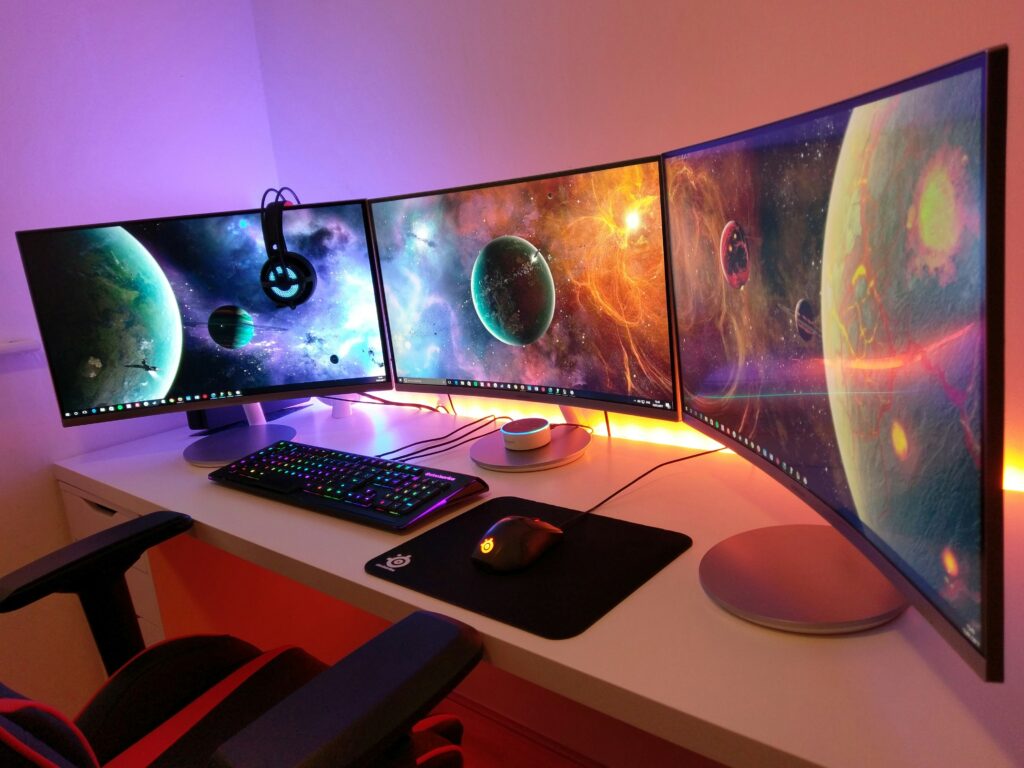
🌟 HDR: Is It Worth It?
High Dynamic Range (HDR) improves brightness, contrast, and color depth — but not all HDR monitors are created equal.
| HDR Level | Brightness | Real-World Use |
|---|---|---|
| HDR400 | ~400 nits | Minimal improvement |
| HDR600 | ~600 nits | Noticeable difference |
| HDR1000 | ~1000+ nits | Top-tier HDR experience |
🧪 Recommendation: Look for HDR600 or higher if you want real visual benefits.
📐 Size and Curvature: What You Need to Know
📏 Screen Size
- 24”–27” : Ideal for 1080p and 1440p setups
- 27”–32” : Better for 1440p and 4K
- Ultra-Wide (>34”) : Great for immersion and multitasking
📐 Curved Monitors
- Enhance immersion, especially in racing, flight sims, and open-world games.
- Best suited for larger screens (32”+).
- Not essential unless you value aesthetics and field of view.
🔌 Connectivity Options
Make sure your monitor has the right ports for your system:
- DisplayPort 1.4 – Best for high refresh rates and resolutions
- HDMI 2.1 – Supports 4K 120Hz, great for consoles and PCs
- USB-C/Thunderbolt – Useful for laptops and docking stations
- USB Hub – Convenient for peripherals
🛠️ Final Tips for Choosing the Right Monitor
- Know your GPU: Match your monitor to your graphics card’s capabilities.
- Use case matters: Competitive gamers prioritize refresh rate; creators care more about color accuracy.
- Don’t overspend on specs you won’t use: 4K isn’t worth it if your GPU can’t run it smoothly.
- Buy from reputable brands: ASUS, Acer, Dell, LG, and MSI offer reliable models across price ranges.

🧾 Final Thoughts
The best gaming monitor for you depends on your budget, game genre, and hardware setup . While high-end specs like 4K and 240Hz sound impressive, they only matter if your system can keep up.
By understanding the core features — resolution, refresh rate, panel type, and connectivity — you can confidently choose a monitor that enhances your gaming experience without breaking the bank.
Whether you’re setting up a battlestation or just upgrading your old display, there’s a perfect monitor out there for you.
Playerxperience is run by a team of regular players who write about the stuff that actually matters — games, gear, news, and setup tips. We’re not experts or critics — just real people who love gaming and sharing what we learn along the way. No fluff. No fake hype. Just honest content for players, by players.
Review
The Summary
Choosing a gaming monitor can be tricky with many features to consider. This guide explains key specs like resolution, refresh rate, and panel types. You’ll learn how adaptive sync tech reduces screen tearing and why HDR matters. It also covers size, curve, and connectivity options. Whether you’re a casual gamer or competitive player, this helps you pick the right monitor for your needs and budget. Find the best match for smooth gameplay and sharp visuals.


